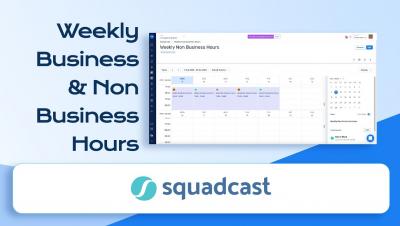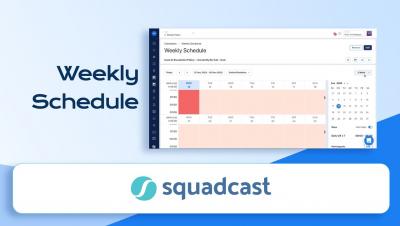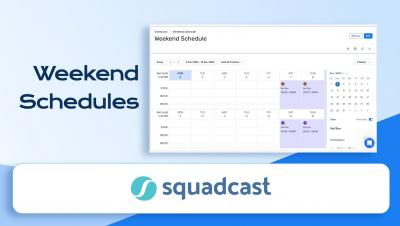Reporting Incident Using Webforms I Creating Alerts from Outside the Squadcast Ecosystem I Squadcast
Webforms can help stakeholders & the customers of an organization easily report issues. This video explains how users from outside the Squadcast ecosystem can report incidents by filling out a simple form and extend customer support by empowering internal stakeholders and customers to report issues on the go.











